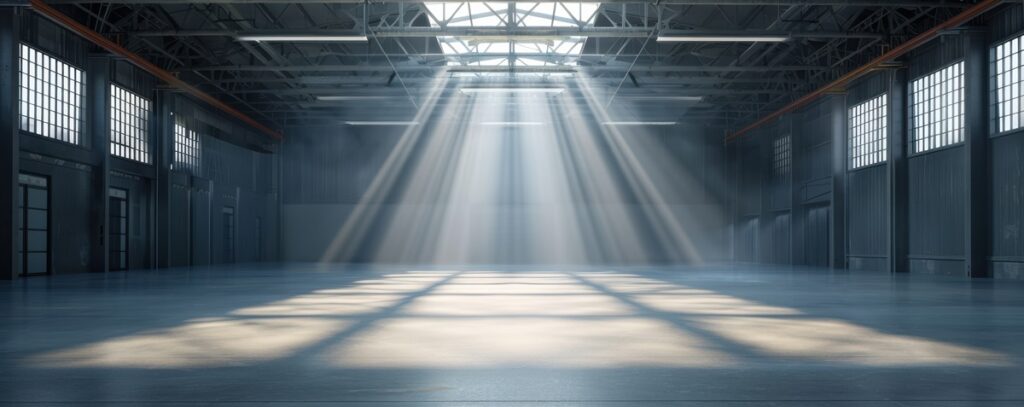Bipartisan, bicameral legislation has been introduced by Reps. Jimmy Gomez and Mike Carey, HR 419—the Revitalizing Downtowns and Main Streets Act, an expanded version of Rep. Gomez’s original Revitalizing Downtowns Act introduced in 2021. This bill encourages the conversion of vacant and underutilized commercial properties into housing.
According to Pew Research, 49% of Americans lack affordable housing in their communities, and the U.S. would need to build an estimated 4.3 million apartments by 2035 to meet the demand for rental housing.
At the same time, commercial properties are sitting vacant. Following the COVID-19 pandemic, an estimated 30% of Americans’ workdays are remote. One study estimates a $413 billion reduction in commercial real estate asset values due to the remote work trend.
“Cities are at a tipping point and need to reimagine themselves to reach pre-pandemic levels of economic activity. The Revitalizing Downtown and Main Streets Act would provide a much-needed boost to restore the vibrancy of our city centers. We’re grateful for this bipartisan leadership that recognizes how crucial downtowns and main streets are to the fabric of our nation,” said Nella McOsker, President and CEO of Los Angeles Central City Association.
“This bill reaches beyond the urban core and into cities of all sizes across the country,” said Marc Selvitelli, CAE, President and CEO of NAIOP, the Commercial Real Estate Development Association. “Its impact on local tax revenues will replace dollars lost to underutilized and defaulted properties, and it provides building owners with the opportunity to create more sustainable, energy-efficient spaces. We encourage the House to move quickly on this important bill, and NAIOP looks forward to productive discussions within the House and Senate so a bill can be enacted into law.”
HR 419 is co-led by Reps John Larson and Dan Kildee, and co-sponsored by Reps. Brian Fitzpatrick, Claudia Tenney, Terri Sewell, David Kustoff, Mike Kelly, Don Beyer, Carol Miller, and Jimmy Panetta. A Senate Companion bill is being led by Sen. Debbie Stabenow.
A boost to downtown America
“Our legislation is a response to two major parallel problems—empty commercial and office space in downtowns and throughout suburban and rural communities, and a housing crisis that is forcing people to live on the streets,” said Rep. Gomez. “The Revitalizing Downtowns and Main Streets Act will supercharge downtowns by increasing housing supply and filling vacant real estate, making our cities and towns economic powerhouses.”
Specifically, the bill provides a federal tax credit, modeled after the Historic Preservation Tax Credit, to facilitate the conversion of older, underutilized office and other commercial buildings into residential housing. The proposed legislation includes:
- A 20% tax credit for expenses incurred during the conversion of an eligible underutilized or vacant commercial property that is older than 20 years and is capable of being repurposed for residential use.
- Affordable housing for those with incomes at or below 80% of the area median income designated for 20% of converted residential units.
- Additional incentives for rural and economically distressed areas to ensure that all communities can benefit from the legislation.
- The ability to combine existing historic tax credits and other incentives offered by municipalities and states.
“Between high housing costs and the rise of remote work, formerly prosperous neighborhoods across the country are struggling,” said Rep. Carey. “The solution is right in front of us. But even though vacant commercial and office space is sitting unused, converting these properties into housing is so expensive it is often uneconomical. This bill will allow communities to meet their residents’ need for affordable, abundant housing and allow American downtowns and main streets to thrive.”
Building off recent initiatives
Last October, the Biden Administration announced actions to support the conversion of high-vacancy commercial buildings to residential use, through new financing, technical assistance, and sale of federal properties. These announcements will create much-needed housing that is affordable, energy-efficient, near transit and good jobs, and reduce greenhouse gas emissions, nearly 30% of which comes from the building sector.
“The COVID-19 pandemic changed the way we work, leaving many office buildings empty across the downtown Hartford area and the rest of the nation,” said Rep. Larson. “It’s time to make use of this empty space and address the constrained housing market our constituents are facing. I joined Reps. Gomez, Carey, and Kildee in this bipartisan effort to revitalize our downtown spaces, help our restaurants and small businesses, and expand access to quality and affordable housing for Connecticut residents.”
The White House released the “Commercial to Residential Federal Resources Guidebook,” featuring more than 20 federal programs across six federal agencies that can be used to support conversions. These programs include low-interest loans, loan guarantees, grants, and tax incentives, which, subject to the requirements of each program, may be used together to increase the economic viability of conversion projects. To accompany the guidebook, the White House also announced training workshops for local and state governments, real estate developers, owners, builders, and lenders on how to use federal programs for commercial to residential conversions and achieve additional goals including affordability and building zero emissions housing.
“Downtowns and main streets are the lifeblood of our country’s economy. At a time when significant changes in office work patterns continue and a worsening housing shortage threatens prosperity, converting unused commercial space into residential developments will bring jobs and vitality to city centers while increasing the housing stock. By providing the first-ever federal investment in office-to-residential conversions, the Revitalizing Downtowns and Main Streets Act will help communities of all shapes and sizes create new economic opportunities for all their citizens,” said David Downey, President and CEO of the International Downtown Association





